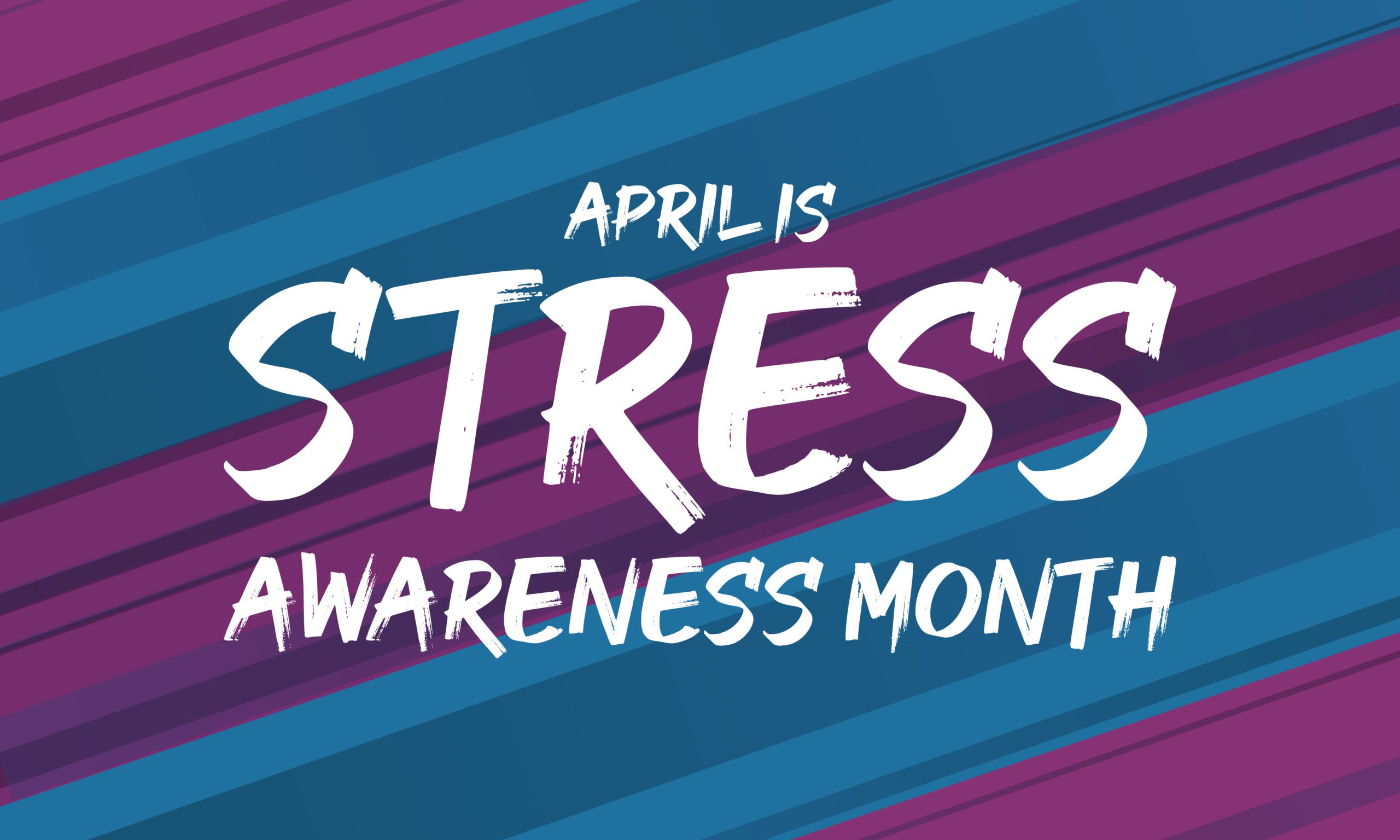No matter how stressed you are, one mental move beats stress in seconds.
Key points
- Research shows that more than two out of three persons experience physical and emotional symptoms of stress.
- Stress impairs decision-making skills, exacerbates depression and anxiety, impairs learning, and more.
- It’s not stress that harms you, but your perception of it.
Stress is implicated in many 21st-century diseases. The recent Stress in America 2023 Survey by the American Psychological Association details “the psychological impacts of pandemic-era stress (were) felt across age cohorts and lifestyles.” Two of every three persons surveyed were told by a health care provider that they have a chronic health condition. More than a third were diagnosed with a mental health disorder. The symptoms included such things as arthritis, high cholesterollevels, insomnia, high blood pressure, anxiety, and depression.
When the body senses a stressful event, the hypothalamus, pituitary gland, and adrenal glands atop the kidney release a cascade of hormones. Cortisol and adrenaline, along with norepinephrine, wash throughout the body and the brain, prompting such physical symptoms as accelerated heart beat, increased blood pressure, and upset to the bowels and stomach. Much research that, when sustained, elevated cortisol levels are linked to memory impairment, obesity, and other problems.
Typically, a burst of cortisol sets the body up to fight or flee, then cortisol levels drop as the hormone gets removed from the body. However, when when the stress is long-term or chronic stress, cortisol levels remain elevation and the body’s cortisol load produces serious negative effects.
Cortisol actually dampens the immune system, reducing the body’s T-cell count and even reducing the body’s natural killer (NK) cells. NK cells are necessary for health because they play an important role in fighting viruses and even some kinds of cancer.
If all that weren’t bad enough as a result of chronic stress, it also impairs learning. That’s because, when cortisol bathes the brain for several days, it actually kills neurons in the hippocampus, that part of the brain that helps form new memories.
What can anyone do when it’s impossible to remove all the stress?
First, we can pay heed to the words of stress researcher and pioneer Hans Selye, whose work led him to conclude, “It’s not stress that kills us, it is our reaction to it.”
So, then, here’s a master mental jiu-jitsu move to flip stress upside down:
If you change your view of stress, you change how your body reacts and responds to it.
If you believe stress is something you have absolutely no control over, then you’ll probably feel like a fly caught in a spider’s web. But the moment you realize you can get out of the web, everything changes for the better!
So exactly how do you make that mental jiu-jitsu move that changes your perspective of stress and flips it over? There are three steps.
3-Step Mental Jiu-Jitsu Move to Overturn Stress
As you read through the steps, actually practice them. Begin by imagining the worst stress you could experience. Maybe it’s something you’re enduring right now. As you read through each of the steps, imagine how they apply to your specific stressful situation.
- Reframe the situation. This first jiu-jitsu move is a mental reframe; you reframe your stress as something that provides you with an opportunity to learn and grow from. Even though you wish you weren’t experiencing the stress, try to think about it from a different perspective. Can you, for example, accept that it offers you the opportunity for personal growth? Through the experience, you will learn more about yourself and others. Maybe it will prompt you to discover or cultivate strengths you never knew you had. Or maybe you will find out who is there to truly help you get through it. Whatever the answer, the opportunity to find new resources and resilience is closer than you think.
- Problem-solve the stress. There are in fact many aspects of stress that you can problem-solve, even if you may not be able to completely remove the stressor. What can you do, for example, to whittle down the negative effects of the stress you face? If you’re caught in horrible, stress-inducing traffic, you might problem-solve by considering a different route or time to drive where you’re going. Right now, see how you might problem-solve even a small part of your stress so that you lessen its impact on you.
- See stress as impermanent. Lastly, you can recognize that most stresses are temporary and not permanent. Objectively, how permanent is your stress? Just knowing that stress will change or conclude at some point can be helpful. Even such stresses as divorce, having to pay bills while going through college, and finding a new job will all conclude at some point. Again, apply this jiu-jitsu thinking to your own stressor. How does this understanding make you feel?
In Conclusion
As you use the practice above, remember that a minute of slow breathing at any time can quickly reduce stress and turn on the body’s relaxation system!
References
Donald Altman. Simply Mindful: A 7-Week Course and Personal Handbook for Mindful Living. Moon Lake Media; 2020.

